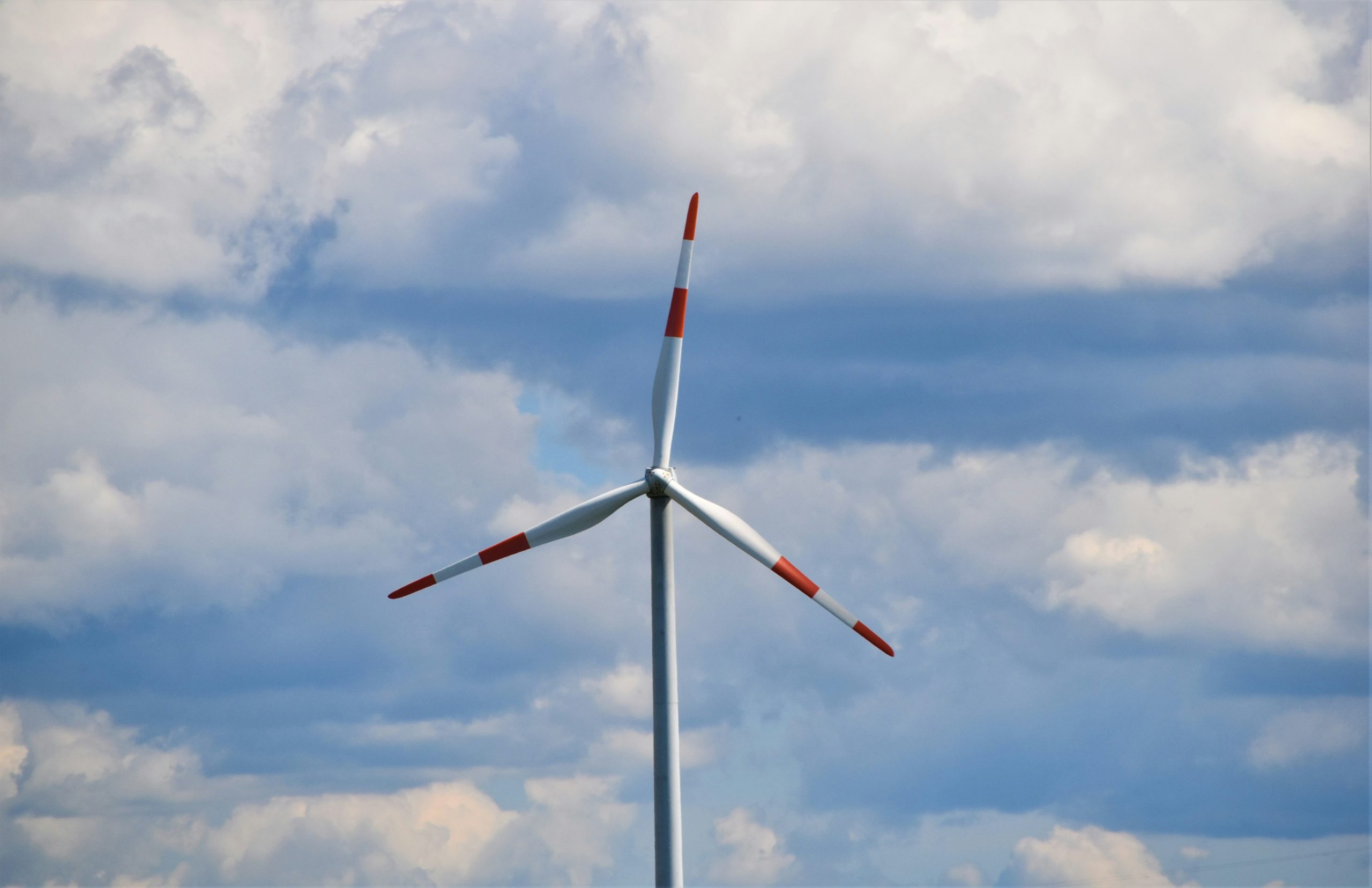The German regulator Bundesnetzagentur (BNetzA) has announced the results of the first offshore wind auction using the “central model”. New wind farms in the Baltic and North Seas will be built by EDF and RWE.
The auctions concerned three areas with a power potential of 958 MW. Two of them, N-3.7 and N-3.8, are located in the North Sea, and the third, O-1.3, is in the Baltic Sea.
RWE Renewables Offshore Development Two GmbH was the winner of the tender for the N-3.7 area with a capacity of 225 MW. EDF Offshore Nordsee 3.8 GmbH was the winner of the tender for the N-3.8 (433 MW). The third auction was won by RWE Renewables Offshore Development One GmbH – it was the winner of the tender for O-1.3 (300 MW). The contract value for all three facilities is 0 cents / kWh (in the tender the maximum price was set at 7.3 cents / kWh).
The central model in tenders was introduced during the amendment to the WindSeeG 2017 Act and provides that the subject of the tender is not only co-financing and grid connection capacity, but also the right to obtain approval for development. Several offers with a value of 0 ct/kWh were made for the N-3.8 and O-1.3 areas. Accordingly, the Bundesnetzagentur drew, as permitted by law, to determine the winner. In the opinion of the industry, the draw system is not a reasonable solution, as it turns a competitive tender into a pure lottery.
The industry organization Federal Association of Wind Farm Operators at Sea (BWO) referred to the results of the auction. – Thanks to the tendering round in 2021, the expansion of offshore wind energy in Germany is finally gaining momentum again. After a long break, this is a very important impulse for the industry – commented Stefan Thimm, Managing Director of BWO.
– Unfortunately, the federal government failed to introduce contracts for difference (CfD) in last year’s tender structure reform. These contracts have already proven themselves in other countries and would have ruled out a lottery related to 0 cent offers from the outset. A decisive advantage of the CFD system is the possibility of reducing the costs of electricity production by up to 30 percent. This would make the development of offshore wind energy much cheaper, adds Thimm.
Subrogation rights for N-3.8 and O-1.3
Both N-3.8 and O-1.3 sites are subrogated by developers who originally planned offshore wind farms there. Developers have the right to subrogation (the investor acquires the repaid receivable up to the amount of the payment made and in this respect assumes the rights of the satisfied creditor). Nordsee Two GmbH owns the subrogation right with respect to N-3.8, while Windanker GmbH has the subrogation right with respect to O-1.3. They run until November 2, 2021. to exercise your rights.
The president of Bundesnetzagentur, Jochen Homann, commented on the results, in which he stated that the results of the auction for three locations in the North Sea and the Baltic Sea show significant progress in moving away from public (financial) support for the construction of offshore wind farms. They also showed great interest from bidders in these locations.
Auctions using the “central model”
Winning the auction includes the right to connect to the grid financed by electricity consumers as part of grid fees and the possibility of operating offshore wind farms for 25 years. Tender winners also receive the right to apply for a permit to build an offshore wind farm on the site from the Federal Maritime and Hydrographic Agency (BSH). Offshore wind farms are to be launched in 2026.
As we read on the regulator’s website, BSH earlier, at the request of Bundesnetzagentur, carried out a detailed preliminary analysis of three locations that turned out to be suitable for the construction of offshore farms. The analysis covered the marine environment, the building substrate, and the wind and oceanographic conditions of the three locations. The costs of the research will be borne by the auction winners.
















